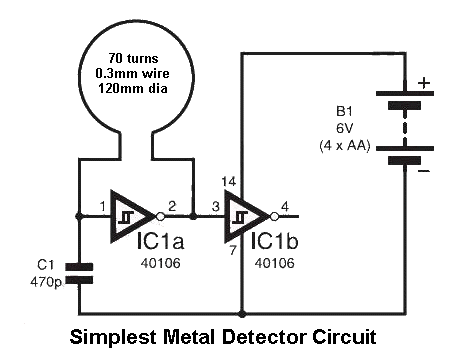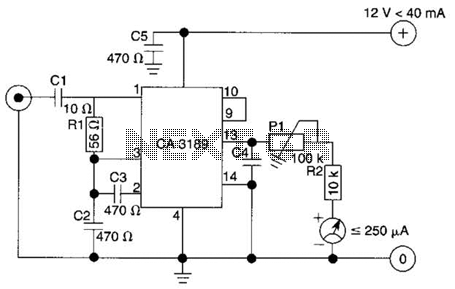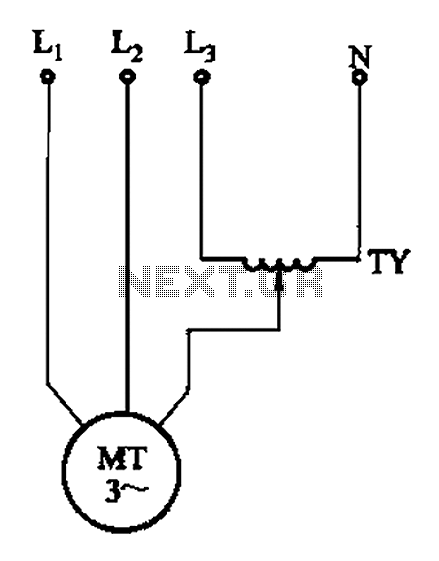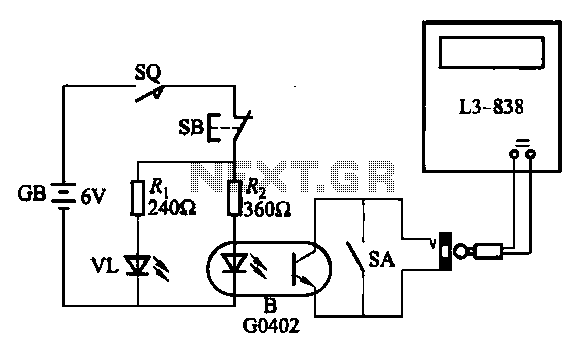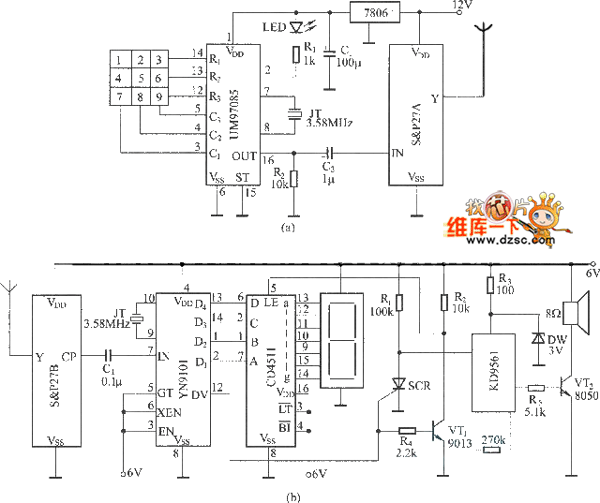
Thirty light water CNC circuit diagram CD4067 CD40193 NE555

The lantern control circuit allows for the management of 30 outputs through an external driver circuit, specifically designed for water sports or large decorative lantern applications. The circuit features a control pulse generator, which regulates the lights, and an output pulse divider circuit.
The lantern control circuit is designed to manage multiple lighting outputs effectively, making it suitable for applications in water sports and decorative displays. The integration of a control pulse generator allows for precise control over the lighting sequences and patterns, enhancing the visual effects during operation.
The external driver circuit interfaces with the lantern control circuit, enabling it to handle high-power outputs required for large lighting systems. This external driver ensures that the control circuit can manage the power demands of 30 individual outputs without compromising performance or safety.
The control pulse generator plays a crucial role in determining the timing and duration of the light outputs. By generating specific pulse signals, it can create various lighting effects such as blinking, fading, or steady illumination. This functionality is particularly useful in scenarios where dynamic lighting is desired, such as during water sports events or festive decorations.
Additionally, the output pulse divider circuit is integral to the overall operation of the lantern control circuit. It divides the control pulses generated by the pulse generator into appropriate signals for each output channel. This division allows for synchronized lighting effects across all outputs, ensuring that the lights operate cohesively.
Overall, the lantern control circuit is a sophisticated electronic system that combines multiple components to achieve flexible and powerful control over a large number of lighting outputs. Its design is tailored to meet the demands of both recreational and decorative lighting applications, providing a reliable solution for users seeking vibrant and engaging light displays. As shown in FIG lantern control circuit 30 outputs can be controlled by an external driver circuit 30 lights for water sports, as large decorative lantern controller circuit as shown in FIG. Circuit by the control pulse generator, control lights and control the output pulse divider circuit.
The lantern control circuit is designed to manage multiple lighting outputs effectively, making it suitable for applications in water sports and decorative displays. The integration of a control pulse generator allows for precise control over the lighting sequences and patterns, enhancing the visual effects during operation.
The external driver circuit interfaces with the lantern control circuit, enabling it to handle high-power outputs required for large lighting systems. This external driver ensures that the control circuit can manage the power demands of 30 individual outputs without compromising performance or safety.
The control pulse generator plays a crucial role in determining the timing and duration of the light outputs. By generating specific pulse signals, it can create various lighting effects such as blinking, fading, or steady illumination. This functionality is particularly useful in scenarios where dynamic lighting is desired, such as during water sports events or festive decorations.
Additionally, the output pulse divider circuit is integral to the overall operation of the lantern control circuit. It divides the control pulses generated by the pulse generator into appropriate signals for each output channel. This division allows for synchronized lighting effects across all outputs, ensuring that the lights operate cohesively.
Overall, the lantern control circuit is a sophisticated electronic system that combines multiple components to achieve flexible and powerful control over a large number of lighting outputs. Its design is tailored to meet the demands of both recreational and decorative lighting applications, providing a reliable solution for users seeking vibrant and engaging light displays. As shown in FIG lantern control circuit 30 outputs can be controlled by an external driver circuit 30 lights for water sports, as large decorative lantern controller circuit as shown in FIG. Circuit by the control pulse generator, control lights and control the output pulse divider circuit.
